

- RFQ
- BOM
-
Contact Us
Tel: +86-0755-83501315
Email: sales@sic-components.com
- Chinese
- English
- French
- German
- Portuguese
- Spanish
- Russian
- Japanese
- Korean
- Arabic
- Irish
- Greek
- Turkish
- Italian
- Danish
- Romanian
- Indonesian
- Czech
- Afrikaans
- Swedish
- Polish
- Basque
- Catalan
- Esperanto
- Hindi
- Lao
- Albanian
- Amharic
- Armenian
- Azerbaijani
- Belarusian
- Bengali
- Bosnian
- Bulgarian
- Cebuano
- Chichewa
- Corsican
- Croatian
- Dutch
- Estonian
- Filipino
- Finnish
- Frisian
- Galician
- Georgian
- Gujarati
- Haitian
- Hausa
- Hawaiian
- Hebrew
- Hmong
- Hungarian
- Icelandic
- Igbo
- Javanese
- Kannada
- Kazakh
- Khmer
- Kurdish
- Kyrgyz
- Latin
- Latvian
- Lithuanian
- Luxembou..
- Macedonian
- Malagasy
- Malay
- Malayalam
- Maltese
- Maori
- Marathi
- Mongolian
- Burmese
- Nepali
- Norwegian
- Pashto
- Persian
- Punjabi
- Serbian
- Sesotho
- Sinhala
- Slovak
- Slovenian
- Somali
- Samoan
- Scots Gaelic
- Shona
- Sindhi
- Sundanese
- Swahili
- Tajik
- Tamil
- Telugu
- Thai
- Ukrainian
- Urdu
- Uzbek
- Vietnamese
- Welsh
- Xhosa
- Yiddish
- Yoruba
- Zulu
- Kinyarwanda
- Tatar
- Oriya
- Turkmen
- Uyghur
Switched Capacitor
A switched capacitor(https://www.sic-components.com/capacitors) is a fundamental concept in electronics that forms the basis of a unique class of circuits. At its core, a switched - capacitor (SC) circuit is an electronic circuit that utilizes capacitors and switches to mimic the behavior of other circuit elements, primarily resistors. This innovative approach allows for the creation of circuits that can perform functions traditionally associated with analog circuits, such as filtering, amplification, and oscillation, but with the advantages brought about by digital - like switching techniques.
The Developments of Switched Capacitors https://www.sic-components.com/capacitors
The development of switched capacitors can be traced back to the need for more efficient and precise analog circuit design in the context of integrated circuit (IC) technology. As semiconductor technology advanced, the limitations of traditional analog components, especially resistors, became more apparent in IC fabrication. Resistors, for instance, were difficult to fabricate with high precision on a chip. In the 1960s and 1970s, researchers began exploring alternative methods. The concept of switched - capacitor circuits emerged as a solution. Early work focused on the basic principles of charge transfer between capacitors using switches. Over time, as technology improved, the design and application of switched - capacitor circuits expanded. With the development of more advanced semiconductor processes, switched - capacitor circuits could be integrated more effectively into complex ICs, leading to their widespread adoption in various fields such as telecommunications, audio processing, and data conversion.
How Does Switched Capacitor Work? https://www.sic-components.com/capacitors
The operation of a switched - capacitor circuit is based on the principle of charge transfer. A capacitor is first connected to a voltage source, which charges it up. The amount of charge stored in the capacitor
Q=CV, where C is the capacitance and V is the voltage across the capacitor. Then, the capacitor is disconnected from the source and connected to another circuit node. This transfer of charge from one node to another is the key mechanism.To emulate resistance, capacitors are repeatedly charged and discharged at a high frequency. When a capacitor C is charged to a voltage Vin and then discharged into an output node, the current I flowing during the discharge process can be related to the change in charge over time. By adjusting the capacitance value C and the switching frequency f, the effective resistance R eff can be controlled. The relationship between the effective resistance, capacitance, and switching frequency is given by Reff =1/fC.
Types of Switched Capacitors https://www.sic-components.com/capacitors
Switched capacitors can be classified into several types based on different characteristics and application scenarios. Here are some common types:
1. Basic Switched Capacitor Circuits
Parallel - Plate Switched Capacitor: This is the most fundamental type. It consists of two parallel conductive plates separated by a dielectric material. When the switching mechanism is activated, the capacitor is either charged or discharged, allowing for the storage and release of electrical charge. The capacitance value of a parallel - plate switched capacitor is determined by the area of the plates, the distance between them, and the dielectric constant of the material between the plates. It offers relatively high capacitance values for a given physical size and is commonly used in basic electronic circuits for applications such as filtering and energy storage.
Interdigital Switched Capacitor: In this type, the conductive plates are arranged in an interdigital pattern. This design provides a larger effective surface area for charge storage compared to a simple parallel - plate structure, allowing for higher capacitance values. Interdigital switched capacitors are often used in applications where a compact design with high capacitance is required, such as in some types of filters and sensors. Their unique geometry also makes them suitable for applications that involve high - frequency operation, as they can offer better performance in terms of minimizing parasitic effects.
2. Switched Capacitor Arrays
Binary - Weighted Switched Capacitor Array: This type of array is commonly used in digital - to - analog converters (DACs). The capacitors in the array are sized in a binary - weighted manner, meaning that each capacitor has a capacitance value that is a power of two times larger than the previous one. By selectively switching these capacitors in and out of the circuit, different analog voltage levels can be synthesized based on the digital input code. This allows for precise control of the output voltage, making it suitable for applications that require high - resolution analog signal generation, such as in audio and video processing.
Capacitor - Matrix Switched Capacitor Array: A capacitor - matrix switched capacitor array consists of a two - dimensional array of capacitors. This structure allows for more complex switching patterns and can be used to implement various functions, such as programmable filters and signal processing circuits. The ability to independently control each capacitor in the matrix provides a high degree of flexibility in circuit design, enabling the realization of different filtering characteristics or signal processing algorithms by simply changing the switching configuration. This type of array is often used in applications where reconfigurability and adaptability are important, such as in software - defined radios and programmable logic devices.
3. Special - Purpose Switched Capacitors
High - Voltage Switched Capacitor: Designed to handle high - voltage applications, these capacitors are constructed with materials and insulation that can withstand elevated voltages. They are used in power conversion circuits, such as switched - mode power supplies and high - voltage DC - DC converters. High - voltage switched capacitors are often required to have a low leakage current to ensure efficient operation and safety. Their design also takes into account factors such as dielectric breakdown strength and voltage - handling capabilities to meet the specific requirements of high - voltage applications.
High - Frequency Switched Capacitor: Optimized for high - frequency operation, these capacitors have low equivalent series resistance (ESR) and low equivalent series inductance (ESL). This allows them to charge and discharge rapidly at high frequencies, making them suitable for applications such as radio - frequency (RF) circuits, wireless communication systems, and high - speed digital circuits. High - frequency switched capacitors are typically made from materials with low dielectric losses and are designed with a compact geometry to minimize parasitic effects that can degrade performance at high frequencies.
Each type of switched capacitor has its own unique features and is designed to meet the specific requirements of different applications. The choice of switched capacitor depends on factors such as the desired capacitance value, voltage and frequency requirements, and the specific functionality needed in the circuit.
Applications of Switched Capacitors https://www.sic-components.com/capacitors
Switched capacitors have a wide range of applications across various industries due to their unique advantages such as high precision, low power consumption, and ease of integration. Here are the detailed applications of switched capacitors:
Consumer Electronics
Audio Systems:
High - Quality Sound Reproduction: In audio devices like smartphones, tablets, headphones, and home audio systems, switched - capacitor filters are used to shape the frequency response of audio signals. For example, low - pass filters can remove high - frequency noise, while equalizers based on switched - capacitor circuits can adjust the balance of different frequency bands to enhance the listening experience. Switched - capacitor amplifiers are also employed in headphone amplifiers and microphone preamplifiers to provide precise and low - noise signal amplification, ensuring clear and accurate sound output.
Digital - to - Analog Conversion (DAC): Switched - capacitor DACs are crucial components in audio systems. They convert digital audio data (such as music files stored on a device) into analog signals that can be played through speakers or headphones. Their high resolution and low power consumption make them suitable for portable audio devices where battery life is a concern.
Video Devices: In digital cameras and camcorders, switched capacitors are used in signal processing circuits. They help in tasks like analog - to - digital conversion of video signals captured by image sensors, filtering out noise from the sensor output, and amplifying weak electrical signals to improve the overall quality of the recorded video.
Telecommunications
Base Stations and Network Infrastructure:
Signal Filtering and Amplification: Switched - capacitor filters are used to filter out unwanted interference and noise from incoming and outgoing radio frequency (RF) signals in base stations. They can also be used to select specific frequency bands for signal transmission and reception, ensuring that the signals are clean and within the required frequency range. Switched - capacitor amplifiers play a role in boosting the strength of weak signals, which is essential for maintaining reliable communication over long distances.
Frequency Synthesis: In telecommunications equipment, accurate frequency generation is crucial. Switched - capacitor circuits can be used in frequency synthesisers to generate stable and precise clock signals and reference frequencies. These frequencies are used for tasks such as modulating and demodulating signals, synchronizing different parts of the communication system, and generating carrier frequencies for RF transmission.
Mobile Devices: In smartphones and other mobile communication devices, switched capacitors are used in multiple functions. They are part of the RF front - end circuits, where they help in filtering, amplifying, and converting RF signals to baseband signals for further processing by the device's digital components. Switched - capacitor voltage converters are also used to convert the battery voltage to the various voltage levels required by different components in the mobile device, such as the RF transceiver, display, and processor, ensuring efficient power management.
Medical Devices
Diagnostic Equipment:
Electrocardiogram (ECG) Machines: Switched - capacitor filters are used to remove noise and interference from the electrical signals detected by ECG electrodes placed on the patient's body. These filters help in accurately capturing the small - amplitude electrical signals generated by the heart, allowing for precise diagnosis of heart conditions. Switched - capacitor amplifiers are also used to amplify these weak signals to a level where they can be easily processed and displayed.
Blood Pressure Monitors: In digital blood pressure monitors, switched capacitors are involved in signal processing of the pressure - related electrical signals. They help in filtering out noise, amplifying the signals, and converting analog signals to digital form for accurate measurement and display of blood pressure values.
Therapeutic Devices:
Pacemakers: Switched - capacitor circuits are used in pacemakers for various functions. They help in sensing the electrical activity of the heart, filtering out noise from the sensed signals, and generating appropriate electrical impulses to regulate the heart's rhythm. The low - power consumption of switched - capacitor circuits is particularly important in pacemakers, as these devices need to operate for long periods on a small battery.
Hearing Aids: Switched - capacitor filters and amplifiers are key components in hearing aids. Filters are used to selectively amplify different frequency components of sound based on the user's hearing loss profile, while amplifiers boost the overall volume of the sound. Their precision and low - power characteristics make them ideal for use in these small, battery - powered devices.
Automotive Electronics
Engine Control Units (ECUs): In ECUs, which are responsible for controlling various engine functions such as fuel injection, ignition timing, and idle speed, switched capacitors are used in signal processing circuits. They help in filtering out electrical noise from sensor signals (such as those from oxygen sensors, temperature sensors, and pressure sensors), amplifying weak sensor outputs, and converting analog sensor signals to digital form for processing by the ECU's microcontroller.
Infotainment Systems: In automotive infotainment systems, which include audio systems, touchscreens, and navigation devices, switched capacitors are used in similar ways as in consumer electronics. They are used for audio signal processing, power management to convert the vehicle's battery voltage to the appropriate levels for different components, and in display driver circuits to control the electrical signals for the screen.
Advanced Driver - Assistance Systems (ADAS): ADAS technologies such as radar - based collision avoidance systems, lane - departure warning systems, and adaptive cruise control rely on accurate signal processing. Switched capacitors are used in the circuits that process the signals from radar sensors, cameras, and ultrasonic sensors. They help in filtering, amplifying, and converting these signals to enable the system to detect and respond to potential hazards on the road.
Industrial Electronics
Sensor Signal Conditioning: In industrial environments, a wide variety of sensors are used to measure parameters such as temperature, pressure, flow, and vibration. Switched - capacitor circuits are used in sensor signal conditioning modules to filter out electrical noise from the sensor outputs, amplify weak signals, and convert analog sensor signals to digital form for further processing by programmable logic controllers (PLCs) or other industrial control systems.
Power Management: In industrial power supplies and motor control systems, switched - capacitor voltage converters are used for efficient power conversion. They can step up or step down the voltage levels to meet the requirements of different industrial equipment, such as powering high - voltage motors or providing low - voltage power for control circuits. Their high efficiency and low electromagnetic interference make them suitable for use in industrial settings where reliable and clean power is essential.
Process Control: In process control systems, which monitor and control industrial processes such as chemical manufacturing, food processing, and oil refining, switched - capacitor circuits are used in signal processing and control loops. They help in accurately measuring and controlling process variables by filtering, amplifying, and converting the relevant electrical signals, ensuring the smooth and efficient operation of the industrial processes.
The Functions of Switched Capacitors https://www.sic-components.com/capacitors
Switched capacitors serve several important functions in electronic circuits, leveraging their unique ability to mimic the behavior of other components through charge transfer and switching operations. These functions play a crucial role in various applications across different industries. Here are the key functions of switched capacitors:
Resistance Emulation
One of the fundamental functions of switched capacitors is to imitate the behavior of resistors. By rapidly charging and discharging capacitors at a high frequency, a switched - capacitor circuit can simulate the flow of current through a resistor. The effective resistance value created by this process is determined by the capacitance of the capacitor and the switching frequency. The formula
Reff=1/fC, where Reff is the effective resistance, f is the switching frequency, and C is the capacitance, shows that by adjusting these two parameters, engineers can precisely control the equivalent resistance. This resistance emulation is valuable in integrated circuit design, as traditional resistors can be difficult to fabricate with high precision on a chip, while switched - capacitor - based resistors offer better control over their values during the manufacturing process.
Filtering
Switched - capacitor filters are widely used to shape the frequency response of electrical signals. These filters can be designed as low - pass filters, which allow low - frequency signals to pass through while attenuating high - frequency signals; high - pass filters, which do the opposite; band - pass filters, which allow a specific range of frequencies to pass; and notch filters, which block a particular frequency or a narrow range of frequencies.
In the filtering process, capacitors are charged and discharged at specific times determined by the switching sequence. The interaction between the charging and discharging of multiple capacitors in different stages of the filter circuit results in the desired filtering effect. This function is essential in audio systems for removing noise and enhancing sound quality, in communication systems for separating different frequency bands of signals, and in data acquisition systems for eliminating unwanted frequency components from sensor signals.
Amplification
Switched - capacitor amplifiers are capable of increasing the amplitude of an input signal. They work by transferring charge from charged capacitors to the input signal. The circuit configuration then amplifies this transferred charge, resulting in an amplified output signal. These amplifiers can provide precise gain, which is mainly determined by the ratio of capacitor values in the circuit. This precision makes them suitable for applications where accurate signal amplification is required, such as in microphone preamplifiers to boost weak audio signals, or in data converters to amplify signals before or after the conversion process. Additionally, their low - power consumption and ease of integration into integrated circuits are significant advantages.
Digital - to - Analog Conversion (DAC)
In Switched - Capacitor Digital - to - Analog Converters (SC - DACs), switched capacitors are used to convert digital signals into analog output voltages. When a digital input code is received, it controls the switching of capacitors between different voltage levels. Each capacitor is charged to a specific voltage based on the digital code, and then the charges stored in all the capacitors are summed up to produce the analog output voltage. This function is vital in applications such as audio systems, where digital audio data needs to be converted into analog signals for playback through speakers or headphones, and in instrumentation, where digital control signals are converted into analog signals for precise measurement and control.
Analog - to - Digital Conversion (ADC) Support
Although not directly performing the analog - to - digital conversion, switched capacitors play a supporting role in ADCs. They can be used in pre - processing stages of ADCs, such as in anti - aliasing filters. Anti - aliasing filters are necessary to prevent high - frequency signals from folding back into the frequency range of interest during the sampling process in an ADC. Switched - capacitor anti - aliasing filters can effectively remove these unwanted high - frequency components, ensuring that the ADC receives a clean and properly band - limited analog signal for accurate conversion into digital form.
Voltage Conversion
Switched - capacitor voltage converters are used to change the level of DC voltages. They can step up (increase) or step down (decrease) the input voltage by carefully controlling the charging and discharging of capacitors and the sequence of switch operations. These converters are highly efficient, especially at low power levels, and generate less electromagnetic interference compared to traditional inductor - based converters. They are widely used in portable electronics, such as mobile phones and tablets, to convert the battery voltage to the various voltage levels required by different components within the device, and in integrated circuits to provide power to different blocks and modules with the appropriate voltage.
Signal Processing and Conditioning
Beyond the specific functions mentioned above, switched capacitors are also used for general signal processing and conditioning tasks. This includes tasks such as signal smoothing, where rapid fluctuations in a signal are reduced; impedance matching, which ensures that signals are transferred efficiently between different components in a circuit by adjusting the electrical impedance; and offset correction, where unwanted DC offsets in a signal are removed. These signal processing functions are essential in many electronic systems to improve the quality and usability of electrical signals for further processing or output.
SIC, an outstanding supplier and distributor of Switched Capacitors, stands out in the field of electronic components. With a global presence, we have in-depth collaborations with numerous authoritative agents and manufacturers. Our inventory exceeds 800 million, ensuring that in-stock items can be dispatched on the same day, meeting your urgent needs.
Relying on our professional team and cutting-edge technology, SIC precisely controls the product quality. The Switched Capacitors we offer feature excellent performance and strong stability, and are widely applicable to various complex circuits. They demonstrate outstanding performance, ranging from precision electronic devices to advanced industrial systems. Moreover, when you order components through our SIC platform, you can enjoy exclusive discounts. Choosing SIC means choosing high-quality products, efficient services, and high cost-effectiveness. Join hands with us to embark on a new chapter of success in the field of electronics.
https://www.sic-components.com/capacitors
https://www.sic-components.com/capacitors

Hot Products
View MoreRelated Blogs

2000+
Daily average RFQ Volume

30,000,000
Standard Product Unit

2800+
Worldwide Manufacturers

15,000 m2
In-stock Warehouse






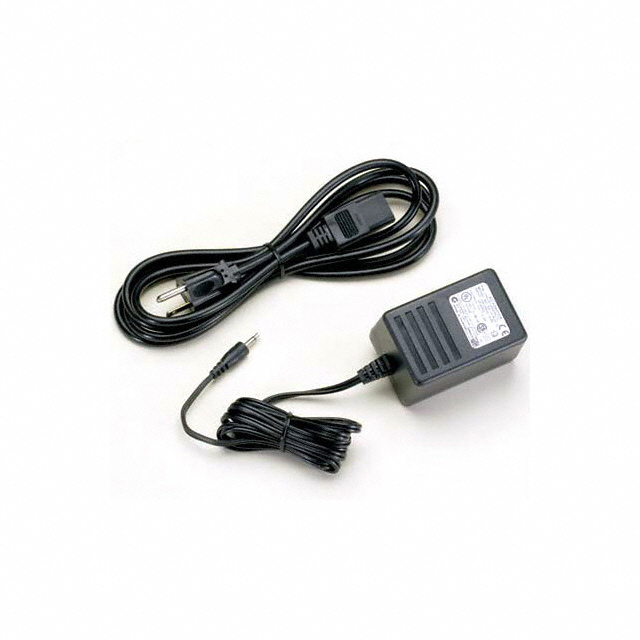

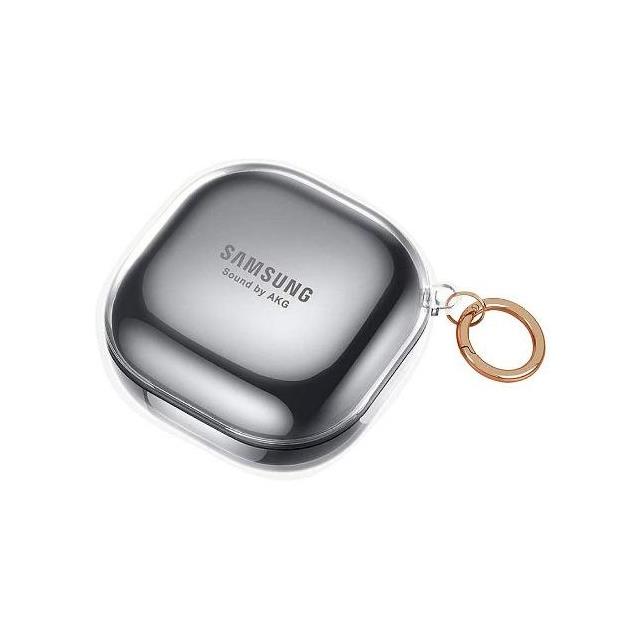

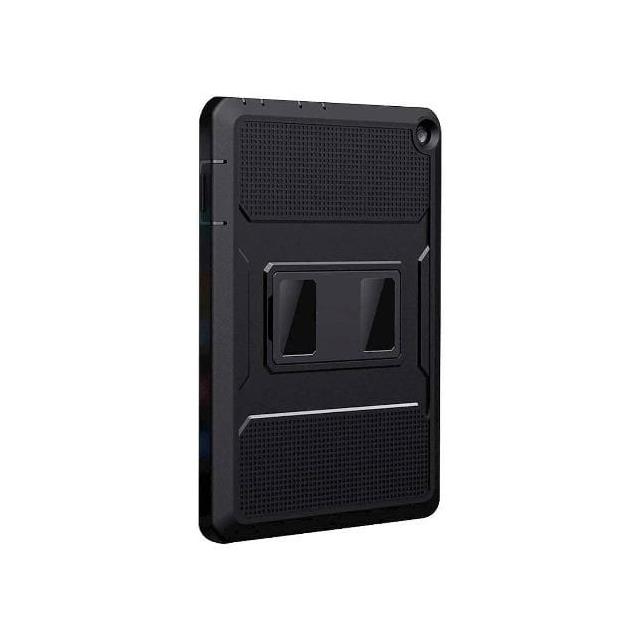

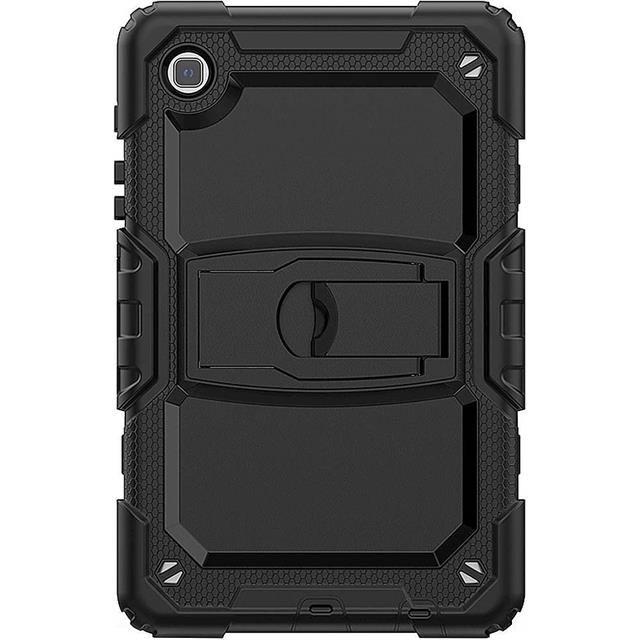

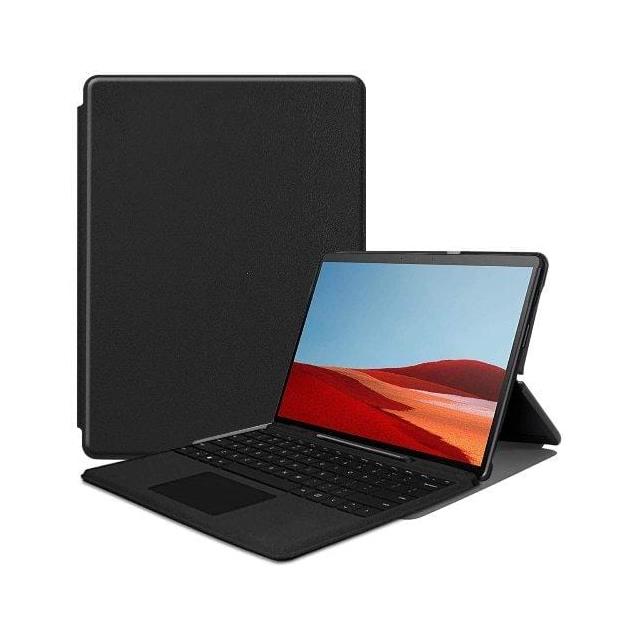
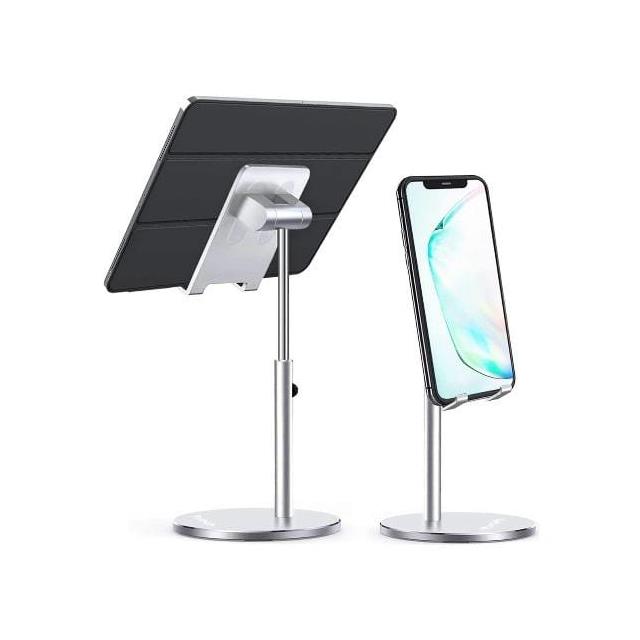

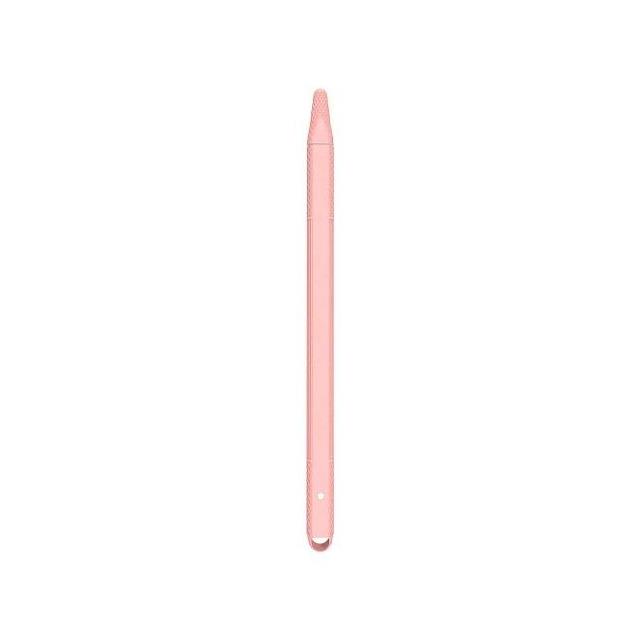

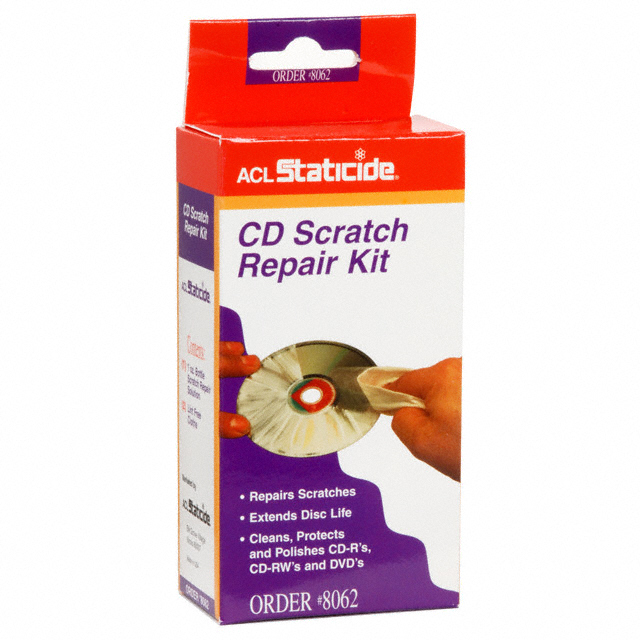









 Wishlist (0 Items)
Wishlist (0 Items)